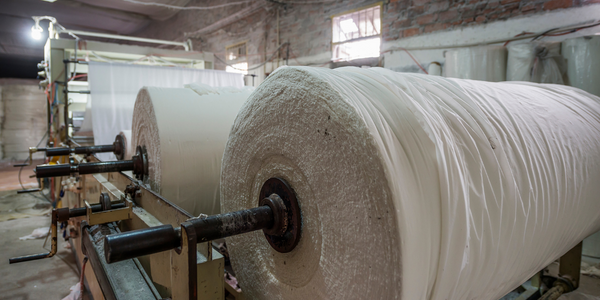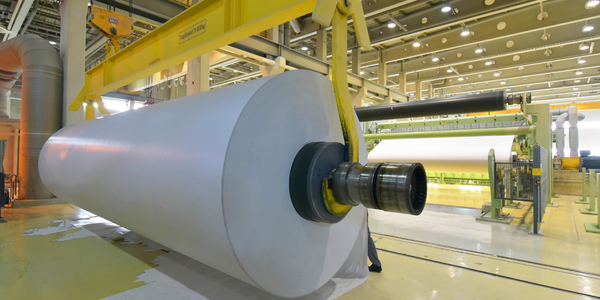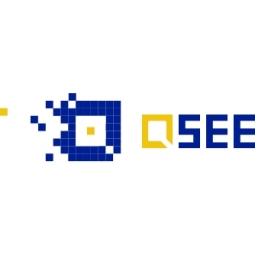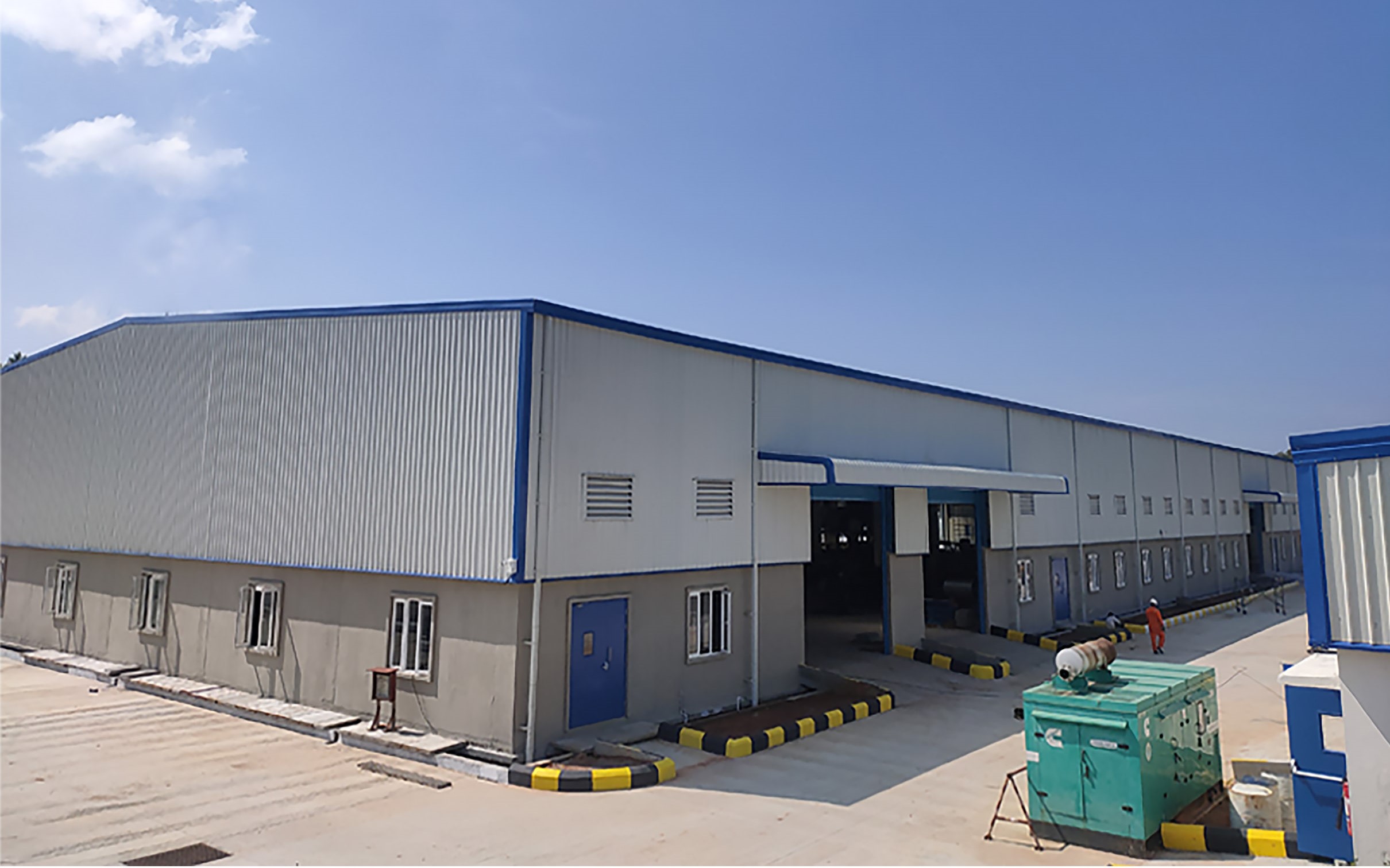
Technology Category
- Analytics & Modeling - Predictive Analytics
- Analytics & Modeling - Process Analytics
Applicable Industries
- Paper & Pulp
Applicable Functions
- Process Manufacturing
Use Cases
- Process Control & Optimization
About The Customer
Manufacturing plants
The Challenge
Common paper breaks consequently lead up to 60 minutes of downtime, delaying a potential $10K per hour of production value process. Thus, defective products cause financial and damage company's reputation. Improving quality and reducing defect rates can generate millions of dollars of revenue per year for your company.
The Solution
Qsee is able to predict and optimize quality test during the production letting the operator save time and get the right insights for all the produced products.
Data Collected
Accuracy, Fault Detection, Operation Performance, Production Efficiency, Response Time
Operational Impact
Quantitative Benefit

Case Study missing?
Start adding your own!
Register with your work email and create a new case study profile for your business.
Related Case Studies.

Case Study
Wireless Improves Efficiency in Compressed Air Systems
Hollingsworth and Vose wanted to improve the efficiency of their compressed air system, lower the electricity expense component of manufacturing cost in their commodity industry, and conserve energy leading to lowered greenhouse gas emissions. Compressed air systems degrade over time and become leaky and inefficient. Hollingsworth and Vose wanted to increase the frequency of system inspections without paying the high cost of manual labor.

Case Study
Industrial Video Monitoring for Security and Regulatory Compliance
Because of the Stevenson mill’s proximity to the Tennessee River, WestRock was required by the USCG to comply with the Maritime Security 33CFR (MARSEC) regulations. WestRock needed a video security system but wanted to add other applications not required by the government, such as video process monitoring, condition monitoring, and wireless network management. WestRock needed a reliable video solution to avoid the compliance fines and possible security risks – but the solution needed to be implemented in the most cost-effective manner possible.

Case Study
ECOsine Active Increased Reliability in the Paper Industry
The paper and pulp industry is interlinking intelligent hi-tech machines to highly efficient production lines. Higher power DC and AC motor drives perform the automation tasks. Every kind of interference that negatively affects the reliability and safety of the installation may lead to production downtime and consequently to significant financial losses. AC and DC motor drives are so-called non-linear loads as they draw a nonsinusoidal current from the grid. Resulting harmonics of current and voltage can interfere with the operation of nearby consumers and overload the electrical infrastructure. In this particular application, the load cycles of the drives often caused interruptions in the production process because of disturbances coupling into the fieldbus system.
Case Study
Covantis Case Study: Modernizing Global Supply Chains with ConsenSys Blockchain Solutions
The global agricultural trade industry has been grappling with outdated and inefficient processes. The industry has not seen significant technological innovation since the mass adoption of email 30 years ago, making global supply chain management increasingly challenging. The need to track more partners, suppliers, and endpoints has become more complex, and post-trade execution remains highly manual, repetitive, costly, and time-consuming. The industry is heavily reliant on paper-based processes and email exchanges, with over 275 million emails exchanged annually to process an estimated 11,000 worldwide shipments of grain. Paper-based certificates and bills of lading are not easily exchanged among multiple parties, and replacing them if misplaced is costly. The COVID-19 pandemic has further disrupted supply chains due to interruptions to paper document deliveries and the increasing necessity to work from home, accelerating the need for digital transformation.





